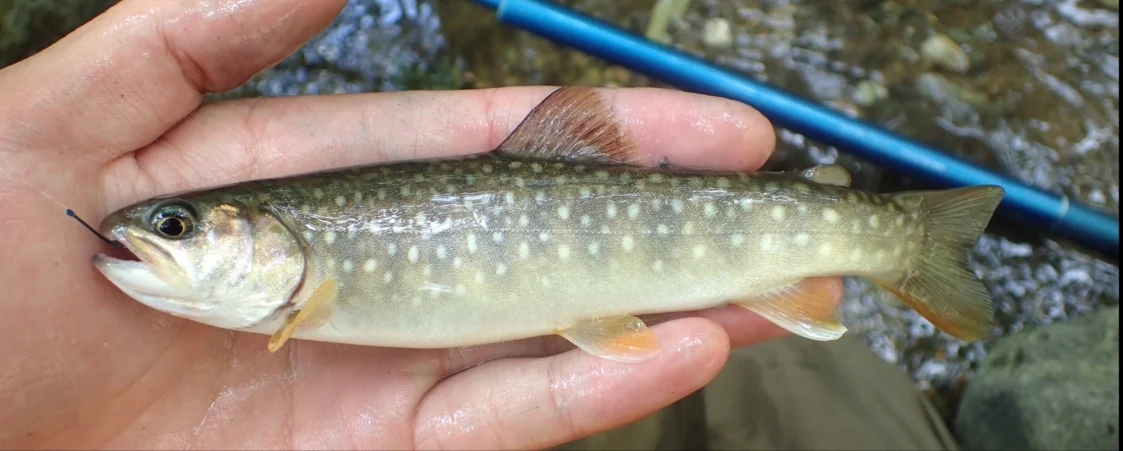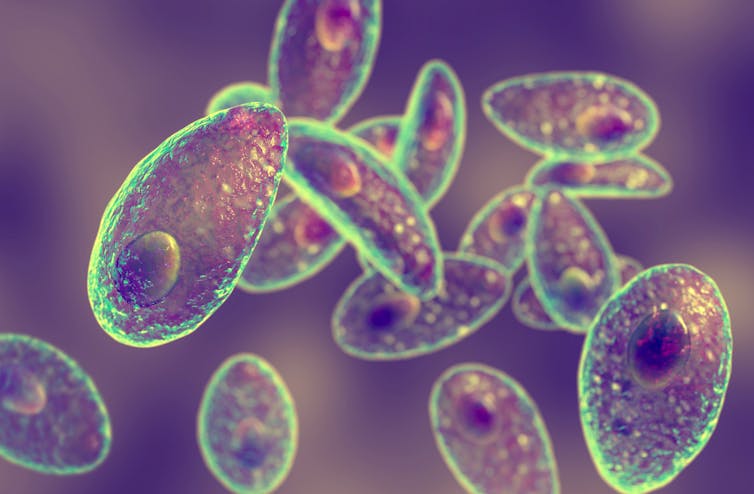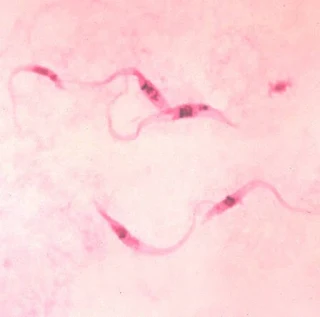Evolutionary oddball has seven genomes inside a single cell | New Scientist
The Bible that creationists turn to for a source of scientific information, is of course, as hopelessly muddled and simplistic about biology as it is about cosmology, morality and medicine. For example, this is how it tries to classify the birds that it is forbidden to eat under the irrational food taboos it mandates for believers:
And these are they which ye shall have in abomination among the fowls; they shall not be eaten, they are an abomination: the eagle, and the ossifrage, and the ospray, and the vulture, and the kite after his kind; every raven after his kind; and the owl, and the night hawk, and the cuckow, and the hawk after his kind; the little owl, and the great owl, and the swan, and the pelican, and the gier eagle, and the cormorant; and the stork, the heron after her kind, and the lapwing, and the bat.Not surprisingly, and not just because of the hilarious gaff of including 'the bat' in a list of birds, and the muddle over the different 'kinds' of owl, biologists soon realised how hopelessly inadequate the Biblical notion of 'kinds' is as a means of classifying biological taxons, so had the devise the modern classification system.
Leviticus 11:13-19
And, presumably because the authors didn't realise that plants are alive because they don't breath like vertebrates do, there is no attempt to classify plants. In fact, the author's show their muddle over plants by this strange piece from Genesis:
Then God said, 'Let the earth put forth vegetation: plants yielding seed, and fruit trees of every kind on earth that bear fruit with the seed in it. ' And it was so. The earth brought forth vegetation: plants yielding seed of every kind, and trees of every kind bearing fruit with the seed in it.Clearly the Bible's authors thought there were only angiosperms (the most advances plants) since they are the only ones mentioned. Incidentally, more of their muddle is illustrated by the fact that this creation of green plants occurs before the sun is created, showing the authors knew nothing of photosynthesis.
Genesis 1:11-12
And of course, there is no hint that the authors were even aware of single-celled micro-organisms, otherwise they might have mentioned germ theory, of which there is not a single word. Imaging how many lives could have been saved and how much suffering would have been avoided if God had thought to mention bacteria and viruses and how to avoid being infected by them, assuming it didn't know what it had created them for in the first place...
But that's an aside. The real muddle comes with the authors attempt to come up with a classification system, as Bible-literalist creationists assume that's what they were trying to do.
So, here is a curveball inadvertently thrown to creationists by researchers led by Emma E. George, now of the Scripps Institution of Oceanography, Integrative Oceanography Division, University of California, San Diego, La Jolla, CA, USA, when working at the University of British Columbia in Canada.
Her team have discovered single-celled algae that are not single organisms at all, but a complex community of seven different organisms, each with its own genome, and each playing a part in a complex relationship within the algal cell body.

Microscopy of Cryptomonas gyropyrenoidosa SAG 25.80 with bacterial endosymbionts.
(A) DIC; (B) DAPI; (C) FISH-M. polyxenophila probe; (D) FISH-G. numerosa probe; (E) overlay of (C) and (D); (F) endosymbionts clustered in the host cytoplasm, including endosymbionts with virus-like particles (Sv); (G) endosymbiont with virus-like particles within the bacterial cytoplasm and attached to the bacterial cell’s surface (arrowhead); and (H) bacterial endosymbionts and a membrane-like structure (i.e., putative autolysosome vacuole) that potentially contains virus-like particles (arrowhead). See also Figures S4A and S4C and Table S2.























